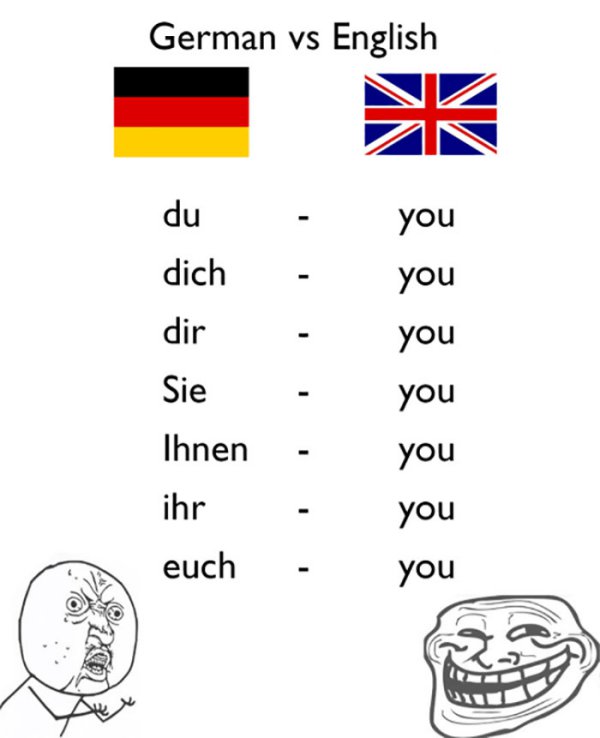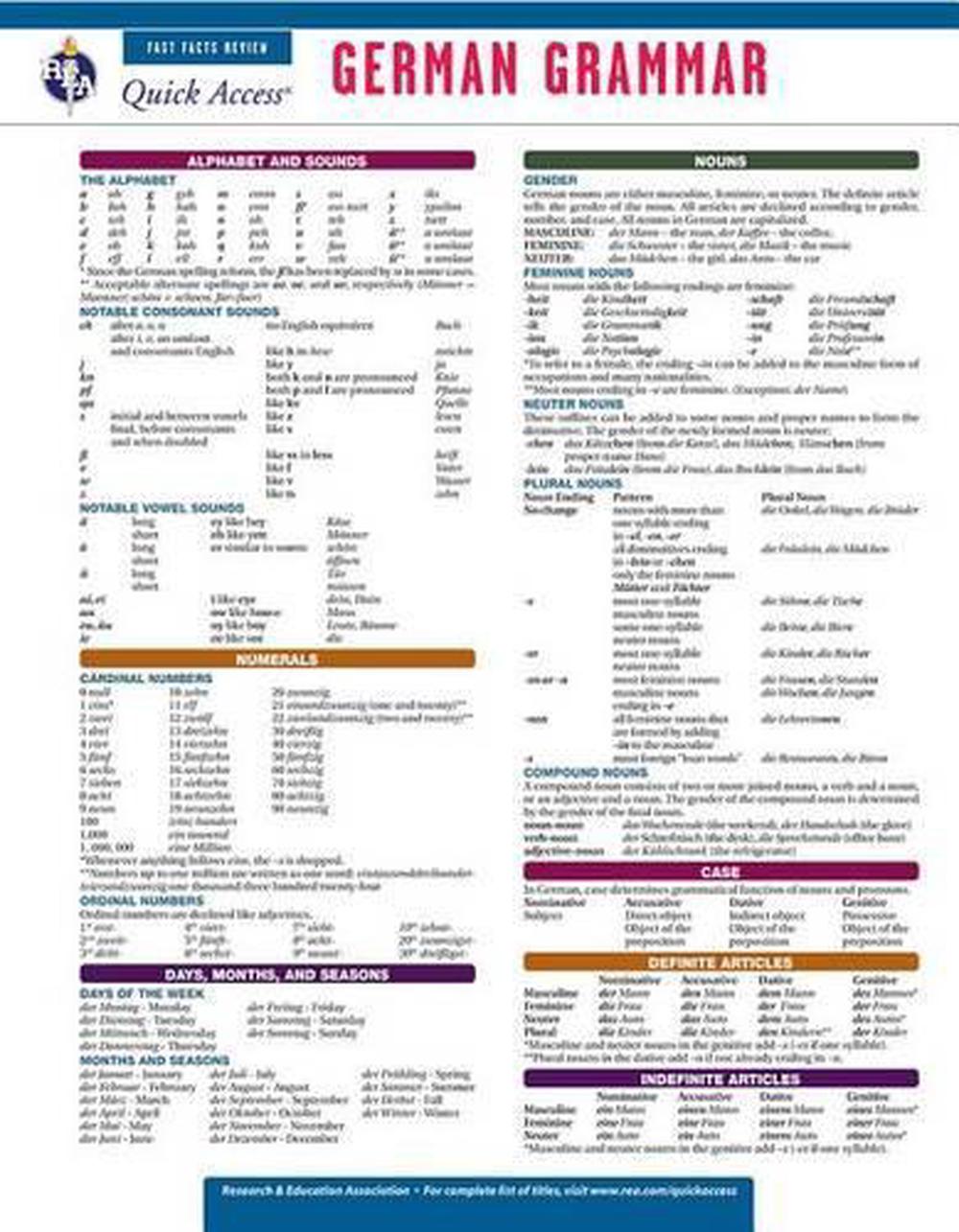

If you want to learn more about the conjugation and tenses of German verbs, this handy guide can show you everything you need to know. While this is common in most European languages, it’s not common in English. So, “I”, “you”, “he/she/it”, “we”, “you”, and “they” all have different version of the verb. One thing that you should be aware of is that German verbs are conjugated differently for all 6 personal pronouns. There are very very few exceptions are irregularities to keep in mind. Once you learn the rules, you know them for life.

While you need to learn all the tenses, it’s fairly straightforward. Luckily, German verbs are very easy to master. Learn more about German articles to master them all. But here are all the different version of “ein” you need to know. Naturally, there is no plural indefinite article. But, it’s also conjugated to fit the gender, number, and case of the noun. The base German indefinite article is “ein”. When you’re not talking about a specific noun, you need to use indefinite articles. Here’s a handy table to show you all the different variations of German definite articles: But, you also have to use declension to fit the case and number of the noun. So, “der” is masculine, “die” is feminine, and “das” is neuter. These correspond with the gender of the noun. The three main definite German articles are “der”, “die”, and “das”. You need to adjust both definite and indefinite articles to fit the gender, number, and case of the noun they represent. But, in German there are a lot more articles. In English, the definite article is “the”, and the indefinite articles are “a” and “an”. Try and find out the most you can about them to reach fluency.Īrticles are the word you use to describe the definiteness of a noun. We can also show you tips and tricks to tell the gender of German nouns apart. There’s a lot more to German nouns of course. It’s also best to learn how the plural works as you’re learning the noun. Sometimes, rarely, nothing happens to a noun when you ‘re putting it into plural.

Well, there are some tricks you can use to guess what gender it is. It’s fair to wonder how you can differentiate between the three genders. It’s best to learn the gender of the noun together with the word as you’re enhancing your vocabulary. Of course, this is a new concept for English speakers. German nouns can be masculine (der), feminine (die), and neuter (das). This makes it easy for you to recognize which words in the sentence are nouns. But, there are a few differences between the grammar of English and German nouns. Just like in English, nouns signal people, places, things, and ideas. With nouns, there are only a few rules to keep in mind. German nouns are much easier to master after you learned about the cases. This is an important distinction in German and must be observed. It is the difference, inexact English, between in and into, or on and upon. With these prepositions, the dative case expresses an action that takes place in a fixed position or location, while the accusative expresses motion toward or into a place. The following prepositions take either the dative or accusative case: an Other prepositions, however, take more than one case, depending upon their context or situation.


 0 kommentar(er)
0 kommentar(er)
